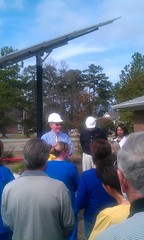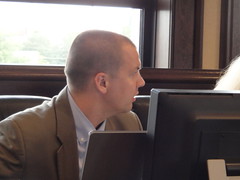In which of these five, seven, eleven, or thirteen counties
is
Athens, Georgia?
According to
Valdosta-Lowndes County Industrial Authority (VLCIA),
Regional Hub,
Valdosta is a regional hub for eleven Georgia counties and two Florida
counties.
Valdosta-Lowndes County acts not only as the regional hub for retail,
medical, transportation and entertainment. Our community is also the
regional hub for employment for five contiguous, predominantly rural
Georgia counties and two Florida counties (as indicated in the chart
to the right) and supports a thirteen county region referenced from
the 2000 Census (see chart attached below).
The five Georgia counties are (alphabetically)
Brooks,
Cook,
Echols,
Lanier,
and
Lowndes,
and the
two Florida counties are Hamilton and Madison.
In which of those seven counties is Athens, Georgia?

The thirteen counties, barely legible on VLCIA’s webpage, are:
Berrien GA,
Brooks GA,
Clinch GA,
Colquitt GA,
Columbia FL,
Cook GA,
Dougherty GA,
Duval FL,
Echols GA,
Fulton GA,
Hamilton FL,
Lanier GA,
and
Madison FL.
Fulton County, Georgia?
OK, that’s odd.
Hm, the table is entitled
“Journeys To and From LOWNDES GA (Threshold = 50)”.
It’s about vehicles travelling in and out of Lowndes County.
So Fulton makes some sense, due to people travelling between here and Atlanta.
Local region, though?
Not Fulton.
Ditto Duval County, Florida. Jacksonville, local? I think not.
So maybe call it an eleven county region.
In which of those eleven or thirteen counties is Athens, Georgia?
-jsq
 Gretchen Quarterman asked the first question at Saxby Chambliss' Farm Bill Forum in Tifton:
Gretchen Quarterman asked the first question at Saxby Chambliss' Farm Bill Forum in Tifton:














